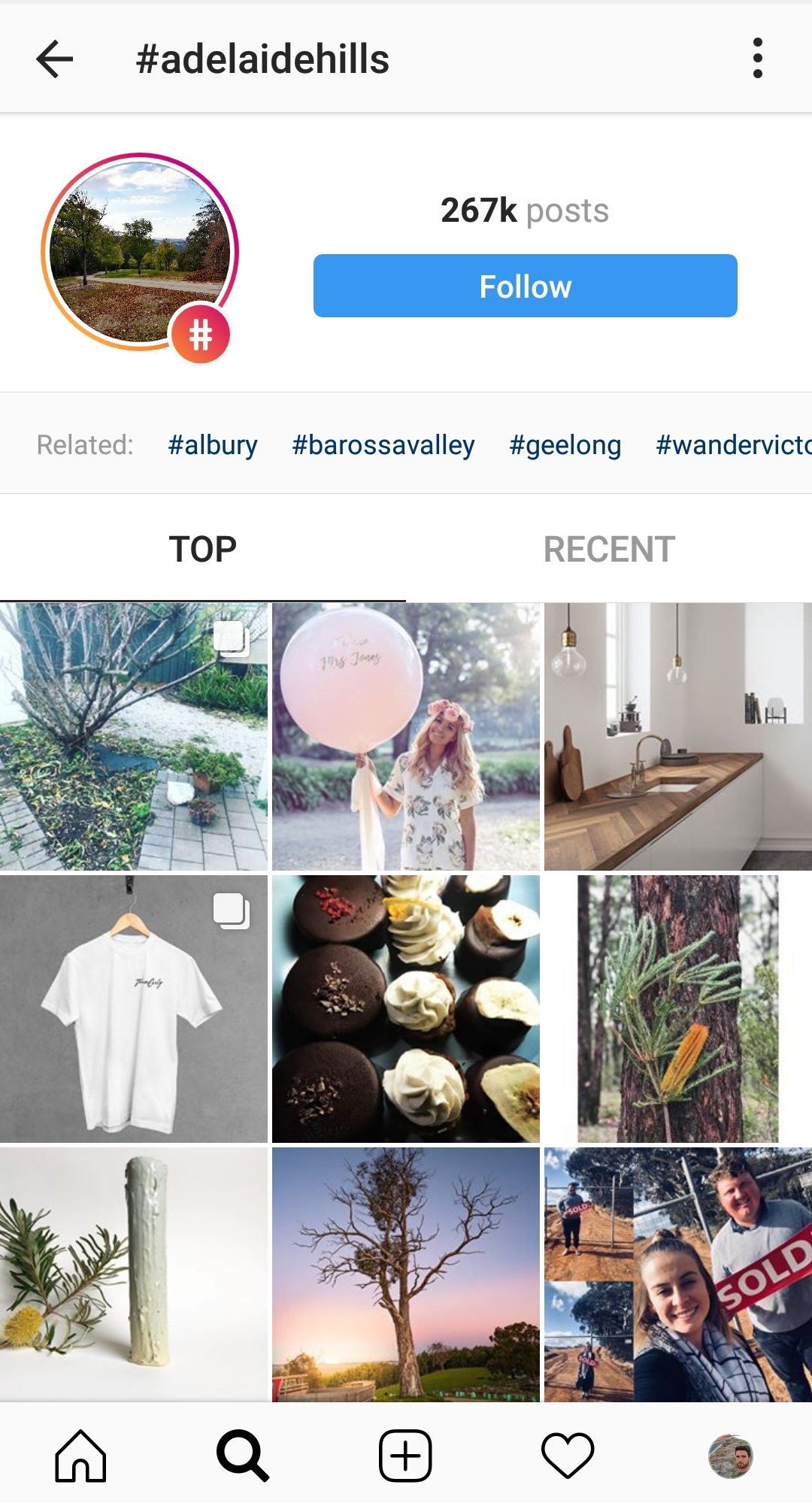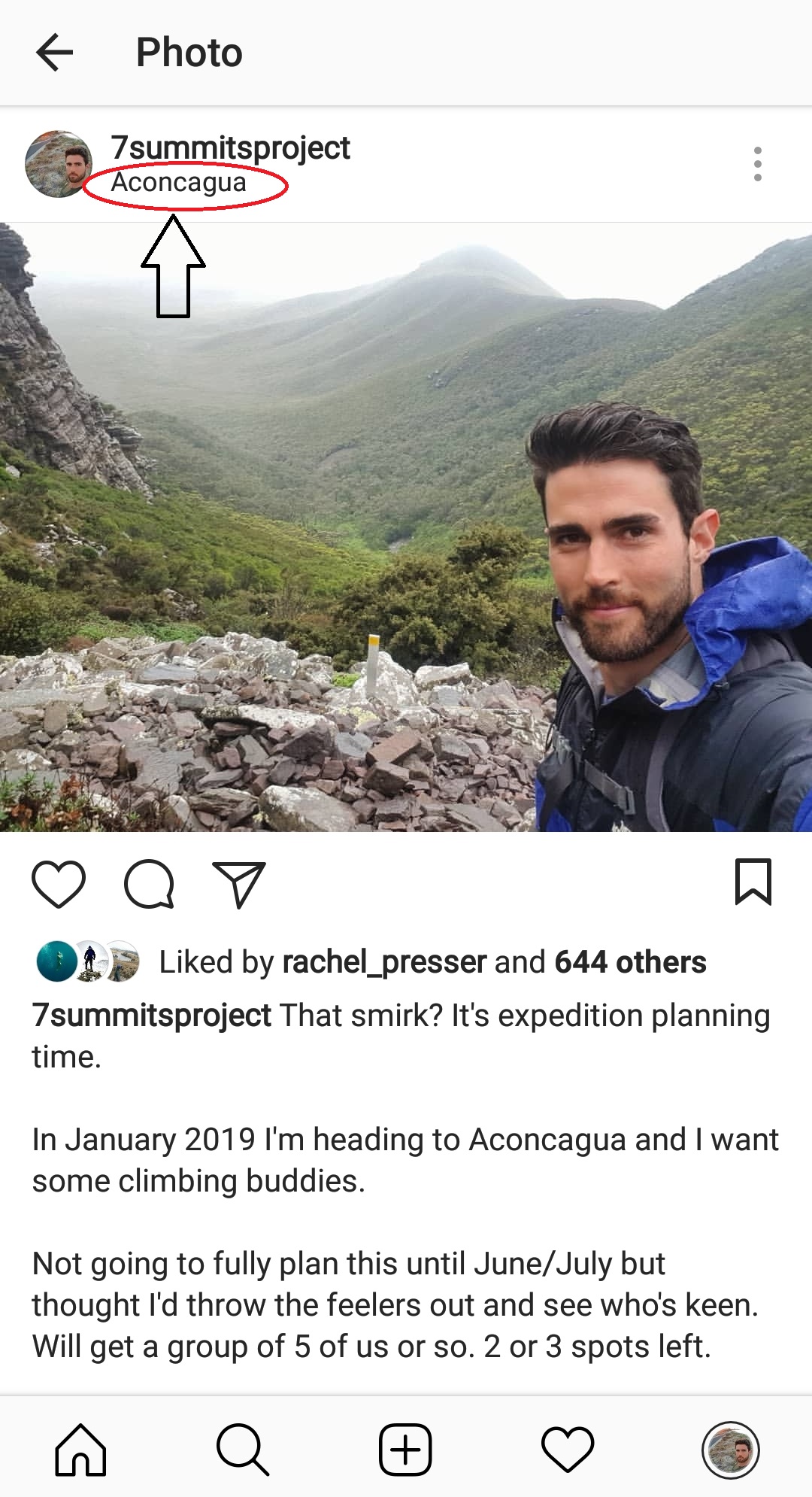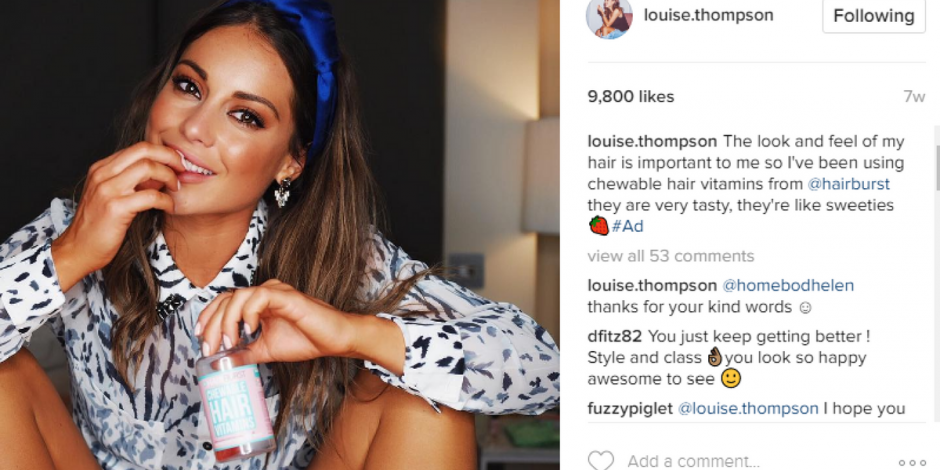Unless you’ve been living with the Amish for the last several years, you’ve almost certainly heard of this social media network known as Instagram. The ‘Gram has accrued roughly 800 millions registered users since it was launched back in 2010. After a rapid early growth phase and some solid funding, the platform was acquired by Facebook in 2012 for around $1 billion USD in cash and stock equivalents. People on the outside looked at that deal with slack jaws at the time, myself included. Looking back from a 2018 perspective, they got an absolute bargain. It has likely become the most relevant social media platform out there today.
What’s it about?
It originally began solely as a photo sharing app, designed to capture ‘real’, present moment footage, rather than the curated content it’s known for today. That was dropped relatively quickly as users were granted the ability to upload photos from their phones. It’s since allowed the option for video which has caused its popularity to skyrocket. The addition of Instagram Stories in late 2016 has brought back the ‘moment capture’ qualities it was initially intended for.
Instagram is certainly renowned as a visual platform, where the quality and nature of photos and videos is the most important aspect of garnering attention. Don’t discount the caption however… In addition, Instagram allows users to much more easily find and interact with other users outside their sphere (accounts they’re following/followers) than say Facebook. The use of hashtags and notifications of new likes and comments has created a much more broadly interactive community feel than perhaps any other social network.
How to Utilise Instagram in Marketing Your Small Business
Now, let’s get down to the reason you opened this article in the first place shall we. How to effectively utilise Instagram to grown your small business and bring in revenue and clientele.
First of all, you have to determine your purpose for using the platform. As with any marketing, you have to understand why you’re spending time uploading photos, interacting with the Instagram community and perhaps spending advertising dollars here. Is to sell a product? To boost awareness for your brand? To generate leads for a course you’re offering? Understanding this will allow you to develop an appropriate strategy going forward. It will also give you the incentive to keep working when you’re perhaps a little disgruntled with the whole process.
Once you’ve got that purpose in mind, it’s time to develop a strategy for your business Instagram profile. I won’t go into the specifics of setting up etc.. in this article as I want to focus more on strategy and specific techniques. For the basics check out this article.
It’s all about the content…
Content is simply the images and videos you upload to your profile or stories. This is ultimately what’s going to determine whether you are successful or not on the ‘gram. Content can be images or videos of your products, of beautiful landscapes that you visit, of advice you offer based on your expertise.. practically anything you can think of. The most important aspect of your content is simply this; does it provide value to your audience? (Or potential audience) If it does great, post it.
Content strategy is important but I’ll leave that for another post. This is also highly dependant on your business, industry and goals so generic advice probably won’t be particularly applicable.
Before we go any further, I want you to consider if Instagram is really going to be suitable for your business. it can be a time consuming process and requires effort and consistency if you want to see results. If you’re not going to spend the time producing content, posting at least 3+ times per week and engaging with the community, you may be best to look elsewhere. Instagram is an incredibly effective platform, but it’s no magic bullet. Like anything else worth doing, it requires work to see results.
The second aspect you need to consider; is your audience here? if you’re selling products for post-menopausal women, Instagram is not for your business. While older people are definitely getting onto the platform, the predominant demographic is still under 35.
Reaching Your Audience
Once you’ve got your content sorted, it’s time to look at how you’ll reach your audience. I believe there are 4 key ways you can do this on the platform itself.
1.Hashtags.
#goals #selfie #blessed I’m sure you’ve seen these floating around all over the place. Well, they’re there for a reason. They are one of the ways that allows your brand to be discovered on the platform itself. If you were to search for the hashtag #adelaidehills for example, this is what would come up…

So if you had added that hashtag to your post, you’d appear whenever anyone searches for that particular hashtag. You can use up to 30 per post, so it’s a great way of getting discovered in a variety of search terms.
Since this article is focused on dealing with businesses in the Adelaide Hills region, i’ll give you a list of a few you can utilise right now..
#adelaidehills #barossavalley #southaustralia #ichoosesa #seesouthaustralia #adelaide #adelaidebusiness
Then you want to get specific with your particular business and industry. For instance, if you have a restaurant you can add #adelaidefood #adelaideeats etc… Don’t be afraid to go nuts with the hashtags. If you’re concerned about their appearance, add them to the first comment of your post, rather than to the caption section.
2.Geotags
Similarly to hashtags, Geotags work to get your post found when someone searches for a location.

That little red circle is the ‘location’ of the photo. Obviously that photo wasn’t taken on Aconcagua (which is in Argentina) but I wanted it to be found by people who might be looking to go there.
Make sure you’re geo-tagging all your posts- not necessarily with where you actually are, but where you want to be found.
3. Influencers
The rapid growth and popularity of Instagram has given rise to a phenomenom known as the ‘influencer’. To put it simply, the influencer is someone who has built up a following (audience) and is now willing to promote products and services to that audience in exchange for a fee. Note; that fee doesn’t have to be in the form of a monetary transfer. It can simply be the product you wish to promote.

Do you really think she’s popping hair vitamins as part of her regular routine. I’m skeptical. The reason she’s promoting them in a post is because the company has paid her to do it. Now I don’t know how much they would’ve paid her for that but I would guess it was less than $500. Louise has over 1 million followers on her account and a large portion of them will see every post she puts up. That $500 seems pretty well spent now doesn’t it… where else are you going to get a reach of 1,000,000 with only $500?
The news gets even better the smaller you go. Firstly, the price comes down. A lot. As in most Instagrammers with a following of say 10,000 or less will likely take a t-shirt or a bottle of supplements in exchange for a promotional photo. The engagement of these aptly termed ‘micro-influencers’ is also much higher. As opposed to the less than 1% engagement of the account shown above, micro-influencers may get an engagement rate of upto 10%. In marketing terms, this means that their audience is more likely to see and interact with their post. It may also mean the audience is more likely to buy whatever it is they’re selling/promoting.
Influencer marketing is a new phenomenon and will take time to grow and develop. It’s well worth getting involved however, particularly when it seems so seriously underpriced.
4.Direct Messaging
This is basically the new form of cold emailing or cold calling. There is a slight difference however. Perhaps a significant difference. The profile on the other end of your message is 1 click away from your own profile, likely showcasing your portfolio of goods or services, your presentation as a business and the ‘social proof’ that’s derived through your following and engagement. This can establish tremendous trust that couldn’t be done through emails or calls.
The same rules apply however. You want to make sure you’re talking directly to the person/profile you’re messaging. No generic salesy crap. Show them how you can provide value and improve their life or business in some way. It certainly also pays to interact with them a bit first- comment on their posts and show them that you’re a genuine, engaged member of the community.
The most important aspect of Instagram marketing is to consistently provide great value to your audience, whilst also making sure it’s seen by as many people as possible. If you can do that, which sounds easier than it is, you’ll be sure to reap great rewards from this amazing platform.



